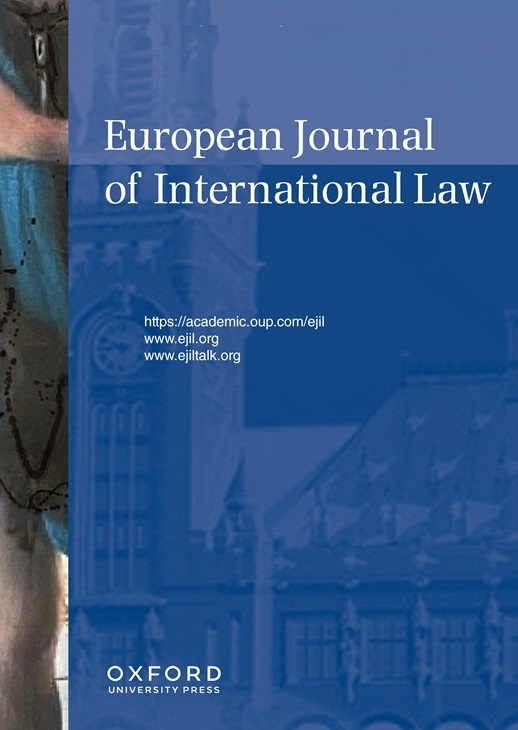
Intergovernmental Yet Dynamically Expansive: Concordance Legalization as an Alternative Regional Trading Arrangement in ASEAN and Beyond by Tan Hsien-Li
 Dr Tan Hsien-Li has published an article presenting Concordance Legalization as an alternative regional trading arrangement to the two longstanding models exemplified by the USMCA (NAFTA’s successor) and the EU. Based on ASEAN integration data, this ‘third way’ brings greater understanding to how Global South countries may prefer to cooperate, including shedding light on how the latest ‘non-treaty’ launched by the United States – the Indo-Pacific Economic Framework for Prosperity (IPEF) – might potentially evolve.
Dr Tan Hsien-Li has published an article presenting Concordance Legalization as an alternative regional trading arrangement to the two longstanding models exemplified by the USMCA (NAFTA’s successor) and the EU. Based on ASEAN integration data, this ‘third way’ brings greater understanding to how Global South countries may prefer to cooperate, including shedding light on how the latest ‘non-treaty’ launched by the United States – the Indo-Pacific Economic Framework for Prosperity (IPEF) – might potentially evolve.
Intergovernmental yet Dynamically Expansive: Concordance Legalization as an Alternative Regional Trading Arrangement in ASEAN and Beyond – in the European Journal of International Law, 7 July 2022, https://doi.org/10.1093/ejil/chac021
Abstract: The conventional regional trading arrangement landscape holds two primary models. One is the ‘dynamically expansive supranational model’ of the EU that progressively enlarges its community beyond the constituent treaty through its evolving laws and institutions. The other is the ‘static intergovernmental model’ of USMCA where members strictly uphold obligations in the original agreement — no more and no less. A certain genre of Asia-Pacific regional trading arrangements (and beyond in the Global South) sits uncomfortably within this bifurcated landscape. Sovereignty-centric, they seek a dynamic and ever-expanding community like the EU but, firmly rejecting supranationalism, insist on intergovernmental modalities as seen in USMCA. Unsurprisingly, they have not been effective. Using post-2007 ASEAN integration data, this article presents Concordance Legalization as a new explanatory framework in this landscape, demonstrating how one can regionalize successfully despite being simultaneously agenda expansive and intergovernmentally operational. Concordance Legalization’s four-pronged strategy — the constituent treaty explicitly entrenching intergovernmentalism to facilitate dynamic agenda expansion; the dual-step system of primary and secondary laws (with a carefully calibrated use of hard and soft instruments); the organizational hierarchy that expands, implements, and exerts intraregional accountability pressures through numerous meetings; and monitoring mechanisms (rather than adjudication) enforcing compliance — has enabled this curious success.

